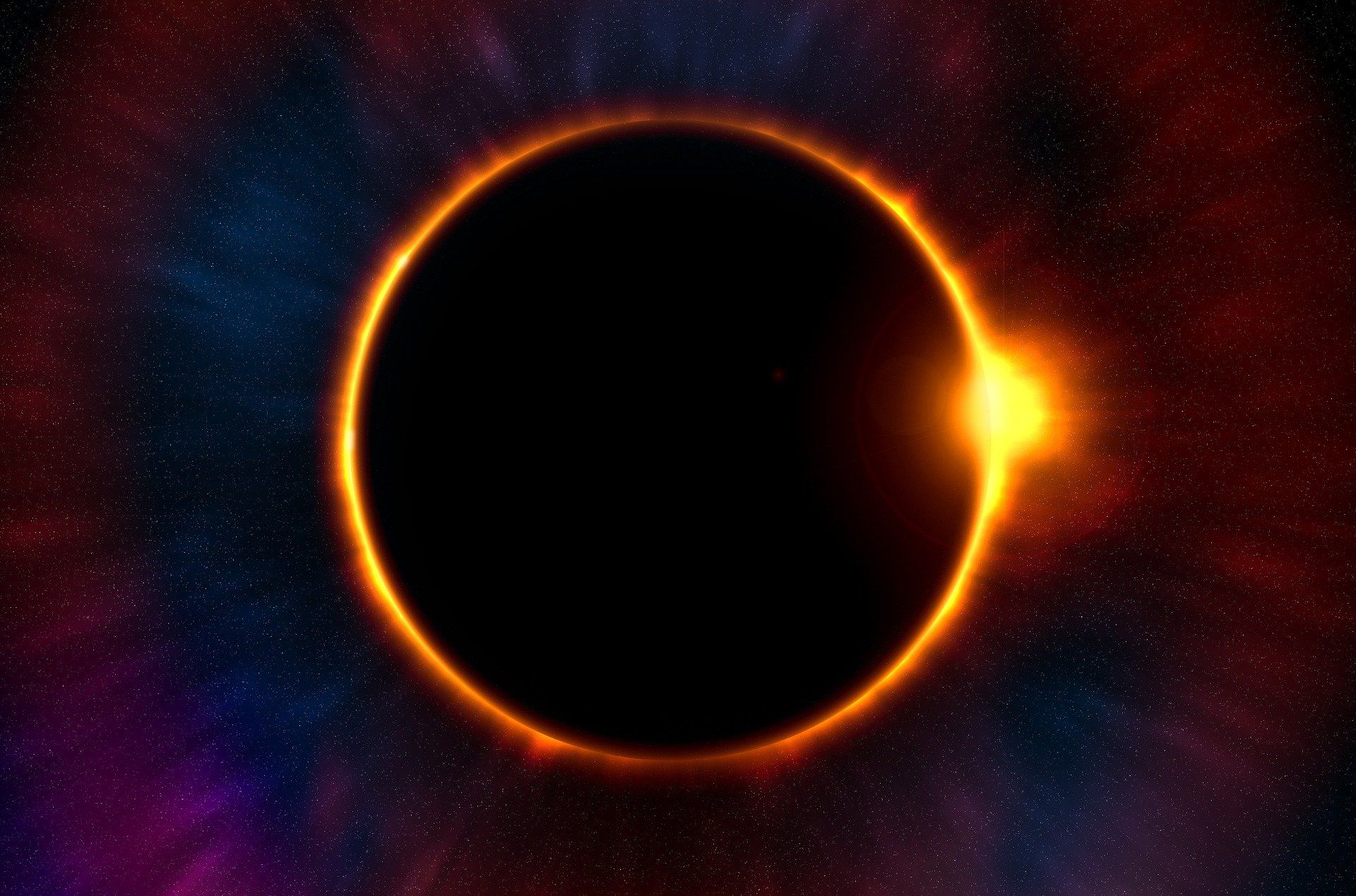The first solar eclipse of 2021 will occur on Thursday (June 10) and it will be annular, which means the moon will cover the sun’s centre. Thus, the sun will be visible as a ‘ring of fire‘. The phenomenon will start at 1.42 pm (IST) and end at 6.41 pm.
What is a solar eclipse?
A solar eclipse occurs when the moon passes right in between the earth and the sun, casting its shadow on the former’s surface.
There are three kinds of solar eclipses:
* Complete: In this, the moon completely covers the sun’s disk.
* Partial: When the moon covers just a portion of the sun.
* Annular: When the moon covers the centre of the sun’s disk, due to which it appears as a ‘ring of fire’ on the earth.
Also read: Solar, Lunar eclipses in 2021: When and where to watch
Where will the June 10 solar eclipse be visible from?
Those living in certain parts of Russia, Greenland, and northern Canada will be able to see the annular phase of the eclipse.
People in Europe, North America, Asia, the Arctic, and Atlantic regions will witness a partial solar eclipse.
Will it be visible in India?
The phenomenon will not be seen from India, except for certain parts of Arunachal Pradesh and Ladakh, where it will be visible as a partial eclipse.
In Arunachal Pradesh, it will be visible around the Dibang wildlife sanctuary, just before the sunset (at around 5.52 pm), the Times of India reported quoting Debiprasad Duari, director of MP Birla Planetarium. It will be low on the horizon and the moon will cover just a tiny part of the sun.
It will also be visible in parts of northern Ladakh, right before the sunset (at around 6 pm), but at a relatively higher altitude than in Arunachal Pradesh.
How should one see the eclipse?
It shouldn’t be seen from the naked eye and one should wear protective solar eclipse-viewing glasses. A pinhole camera or box projector can also be used for this purpose.







